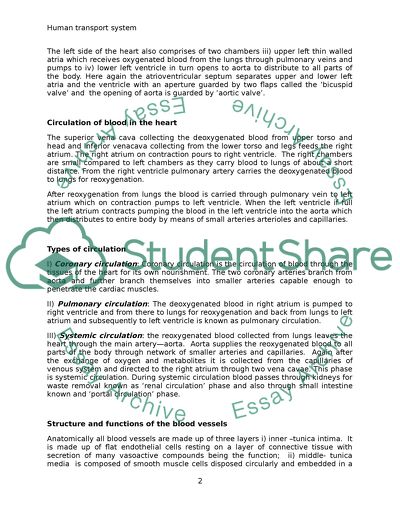Cite this document
(“Human Transport System Essay Example | Topics and Well Written Essays - 1500 words”, n.d.)
Retrieved from https://studentshare.org/miscellaneous/1531946-human-transport-system
Retrieved from https://studentshare.org/miscellaneous/1531946-human-transport-system
(Human Transport System Essay Example | Topics and Well Written Essays - 1500 Words)
https://studentshare.org/miscellaneous/1531946-human-transport-system.
https://studentshare.org/miscellaneous/1531946-human-transport-system.
“Human Transport System Essay Example | Topics and Well Written Essays - 1500 Words”, n.d. https://studentshare.org/miscellaneous/1531946-human-transport-system.


